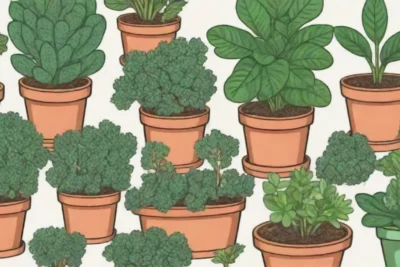
Understanding the Care Requirements for Echeveria Agavoides
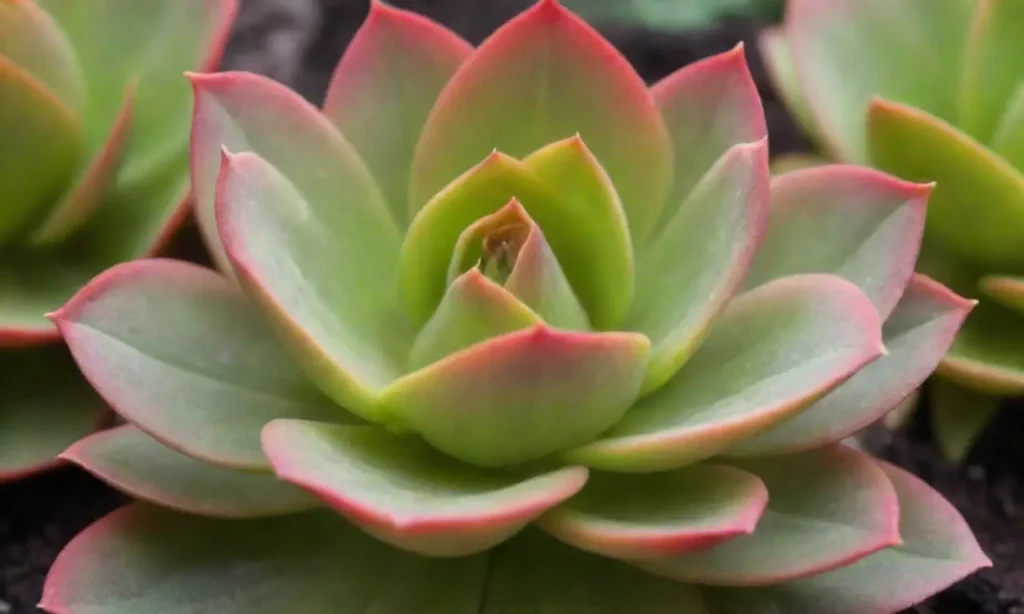
Introduction
Echeveria Agavoides, commonly known as the hen and chicks of the succulent world, is a particularly eye-catching plant. As a member of the Crassulaceae family, this striking succulent is well-loved for its rosette shape, vibrant colors, and low-maintenance nature, making it a favorite choice among both novice and seasoned gardeners. Understanding the care requirements for Echeveria Agavoides is essential for ensuring that this beautiful plant thrives and enhances your indoor or outdoor space.
In this article, we will delve into the specifics of how to care for Echeveria Agavoides, including its ideal environment, watering needs, soil requirements, and pest management. Furthermore, we will explore propagation methods and answer some frequently asked questions that will help you become more confident in growing this stunning succulent. By the end of this guide, you will be equipped with the knowledge necessary to cultivate a healthy Echeveria Agavoides that can flourish in your home.
Ideal Growing Conditions
Echeveria Agavoides is often found in areas with dry climates, typically thriving in conditions that closely replicate its native habitat. Understanding the environment in which this plant flourishes is crucial to ensuring its health and longevity. The plant prefers bright, indirect sunlight, making it ideal for placement near windows with filtered light. Excessive direct sunlight can lead to discoloration and scorched leaves, while too little light will slow down growth and can cause the leaves to stretch toward the light source, resulting in an unattractive, elongated appearance.
Temperature is another significant factor when growing Echeveria Agavoides. This succulent does best in moderate temperatures, ideally ranging from 60°F to 80°F (15°C to 27°C). It can tolerate cooler temperatures, but you should protect it from frost, as extended exposure to temperatures below 30°F (-1°C) can lead to damage or death. On the other hand, if the plant experiences excessive heat, it may become stressed and show signs of wilting. Therefore, it’s critical to maintain a balance in the climate to ensure proper growth.
Humidity also plays a vital role in caring for Echeveria Agavoides. Being a succulent, this plant is adapted to low humidity environments. It thrives best in relative humidity levels below 50%. If your home has high humidity, such as in bathrooms or kitchens, it’s advisable to use a dehumidifier or ensure excellent air circulation around the plant. High humidity can lead to root rot and other fungal issues, which can be detrimental to your succulent’s health.
Watering Practices
Watering Echeveria Agavoides properly is one of its critical care requirements, and this involves a delicate balance. These succulents store moisture in their leaves, which means they are adapted to infrequent watering. As a general rule of thumb, you should allow the soil to dry completely before watering again. This method not only helps maintain the health of the roots but also prevents overwatering, which is a common mistake that leads to rotting.
When it comes to how much water to provide, always err on the side of caution. During the growing season (spring and summer), a thorough watering every two to three weeks is usually sufficient. Carry out this watering routine until water drains from the bottom of the pot, ensuring that the roots receive adequate moisture. As temperatures cool in fall and winter, decrease the watering frequency to once a month, as the plant enters a dormancy period where its water requirements significantly reduce.
 A Guide to Stunning Jade Plant Species and Their Requirements
A Guide to Stunning Jade Plant Species and Their RequirementsIt’s essential to observe your Echeveria Agavoides closely for signs of under-watering or over-watering. Leaves that are plump and firm indicate that your succulent is adequately watered, while shriveling or wrinkling can signify dehydration. Conversely, yellowing or soft, mushy leaves often indicate overwatering, and immediate action should be taken to rectify the situation, often requiring repotting into drier soil.
Soil Requirements
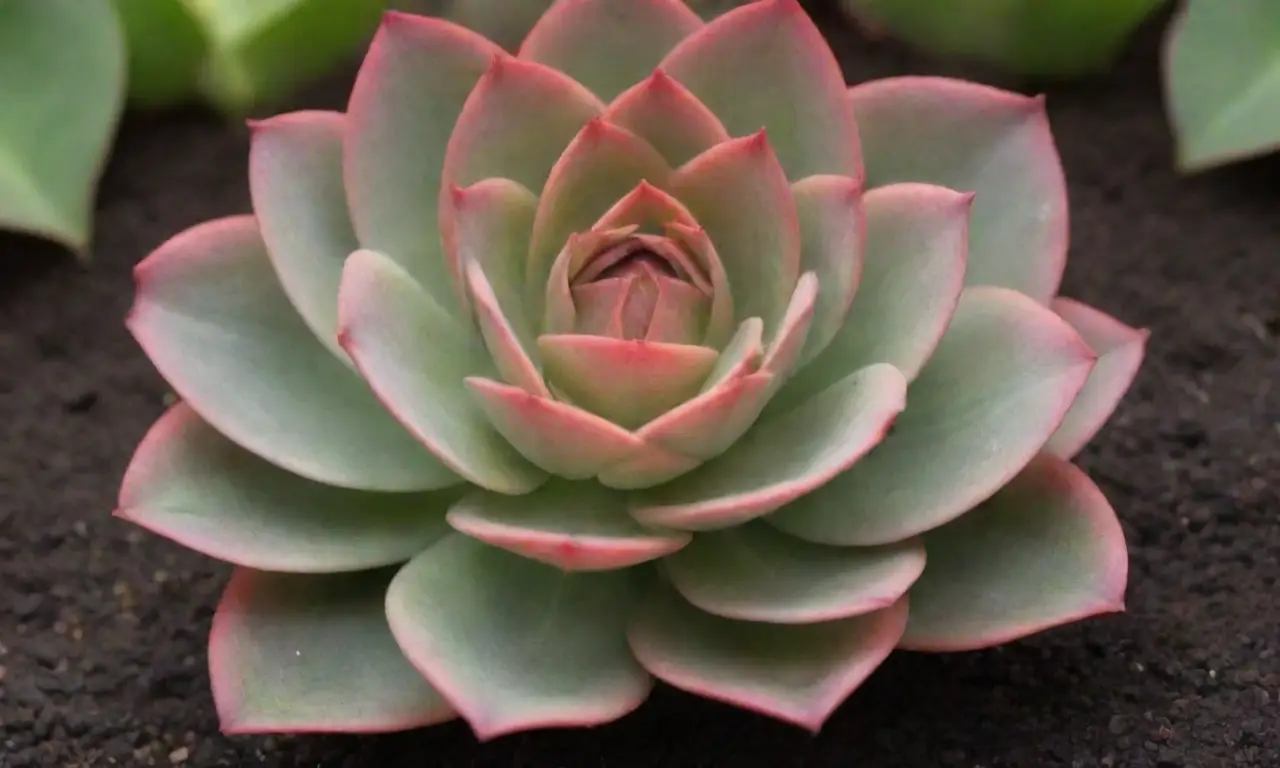
Choosing the right soil mix is paramount for the health of Echeveria Agavoides. Given that these succulents prefer well-draining substrates, a standard potting soil is typically insufficient on its own. It is recommended to use a cactus or succulent potting mix, which is specially formulated to promote excellent drainage and aeration. Additionally, you can amend regular potting soil by adding perlite, pumice, or coarse sand in a ratio of about 2:1:1, allowing for a loose structure that reduces the risk of moisture retention.
If you prefer going the DIY route, creating your custom mix is certainly an option. Combine equal parts of pumice, cactus mix, and sharp sand to form a perfect blend that retains just enough moisture while still allowing excess water to escape freely. This improvised mix will not only support healthy root development but also discourage diseases such as root rot, which are notorious for affecting succulents.
Container choice also influences the health of Echeveria Agavoides. Ensure to use pots with drainage holes on the bottom; these holes facilitate the escape of excess water, significantly lowering the risk of root-related issues. Additionally, you may consider using terra-cotta pots, which help wick away moisture due to their porous nature. This choice is particularly advantageous, as it helps regulate soil moisture levels and keeps your succulent happy.
Pest Management
Even though Echeveria Agavoides is relatively resistant to pests compared to other indoor plants, it is not completely immune. Common pests that may occasionally target your succulent include mealybugs, aphids, and fungus gnats. Regular inspections of your plant can go a long way in preventing and managing infestations. Early detection is critical; therefore, make it a habit to check the undersides of leaves and around the base of the plant.
For minor infestations, a simple solution is to wipe the affected areas with a cotton swab dipped in rubbing alcohol. This method effectively kills off bugs while being gentle on the plant. If you notice a more severe infestation, consider using a pesticide formulated specifically for succulents or neem oil, a natural and eco-friendly alternative that helps control unwanted pests without causing harm to your plant.
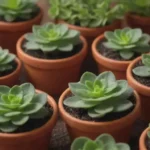 Caring for Your Crassula: Popular Varieties and Their Needs
Caring for Your Crassula: Popular Varieties and Their NeedsAdditionally, maintaining good care practices can help minimize pest problems. For example, ensuring that your Echeveria Agavoides is not overwatered can reduce the chances of creating a damp environment that enables pests like fungus gnats to thrive. Furthermore, keeping your plant’s surroundings clean can help mitigate pest problems before they start. Regularly removing debris or dead leaves around the plant can prevent pests from finding refuge and multiplying.
Propagation Methods
Propagation is an exciting aspect of caring for Echeveria Agavoides and can be successfully done through several methods. The most common propagation technique involves leaf cuttings. To propagate via this method, use a sharp, sterile knife or scissors to remove a healthy leaf from the mother plant. Allow the cut end to dry out and callus for several hours before placing it in a well-draining potting mix, ensuring that the cut end is buried in the soil. After about two to four weeks, you’ll notice tiny roots beginning to form, which means your new succulent is successfully taking root.
Another propagation method to consider is through offsets, which are small rosettes that grow from the base of the mature Echeveria Agavoides. To propagate using offsets, gently remove the offsets from the mother plant, making sure to include the roots if possible. Let the offsets dry for a day or two before planting them in their own pots filled with the aforementioned well-draining mix. This method not only propagates new plants but also helps maintain the health of the mother plant by preventing overcrowding.
Lastly, Echeveria Agavoides can also be propagated through seeds, although this method requires more patience and care. Begin by collecting seeds from the dried flower stalks of your succulent once they have matured. Plant the seeds in a suitable potting mix and provide optimal conditions of warmth and light for germination. Keep the soil lightly moist but avoid overwatering to ensure the best chances of successful growth.
Conclusion
In summary, Echeveria Agavoides is a stunning succulent that captivates plant enthusiasts with its unique appearance and ease of care. By understanding and adhering to its care requirements, such as optimal growing conditions, proper watering, the right soil mix, pest management, and propagation techniques, you can enjoy the beauty of this plant in your home or garden.
To ensure the best growth, remember to monitor your plant's environment constantly. Light, temperature, and humidity all play pivotal roles in its health and well-being. Implementing a routine watering schedule that caters to the plant's needs is equally important to avoid the risks of underwatering and overwatering. Similarly, ensuring the right soil mix will directly influence the health of your Echeveria Agavoides, enabling it to thrive.
With some dedication and attention to detail, growing Echeveria Agavoides can be a rewarding experience. Not only do these plants provide an aesthetic appeal to your surroundings, but they also serve as excellent companions for those looking to add a touch of greenery to their lives. So go ahead and immerse yourself in the world of succulents, and let the charm of Echeveria Agavoides fill your home with vibrant energy!
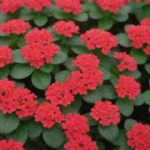 The Essential Guide to Kalanchoe: Stunning Varieties and Care
The Essential Guide to Kalanchoe: Stunning Varieties and CareIf you want to read more articles similar to Understanding the Care Requirements for Echeveria Agavoides, you can visit the Popular succulent species category.

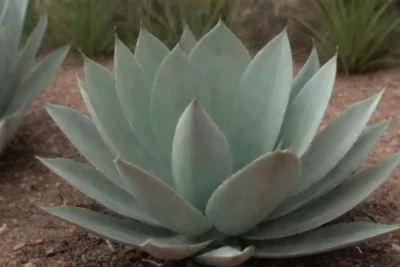
You Must Read